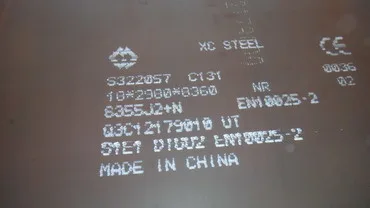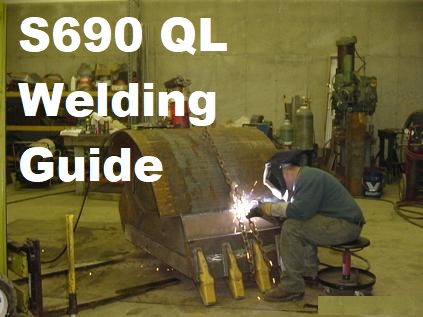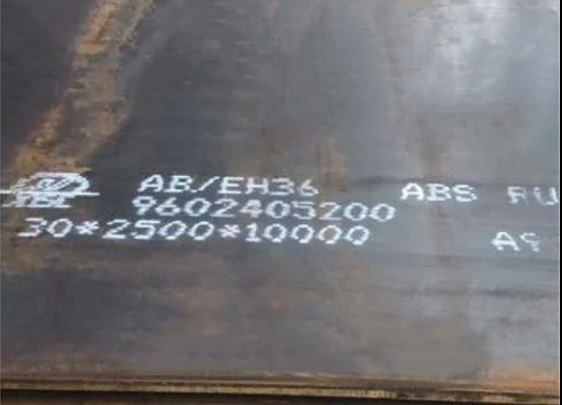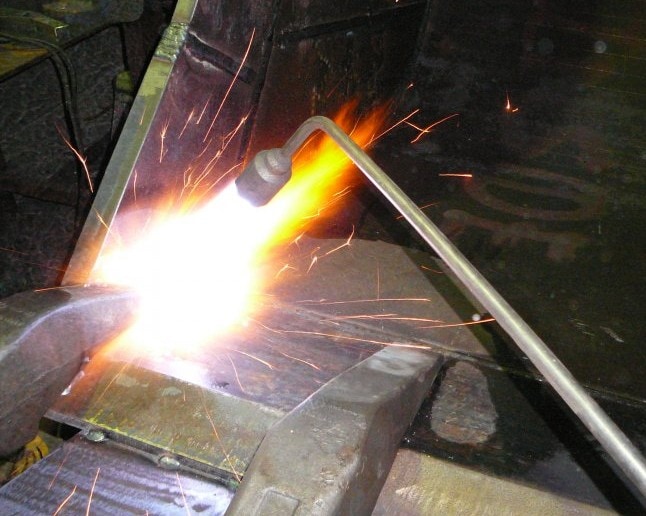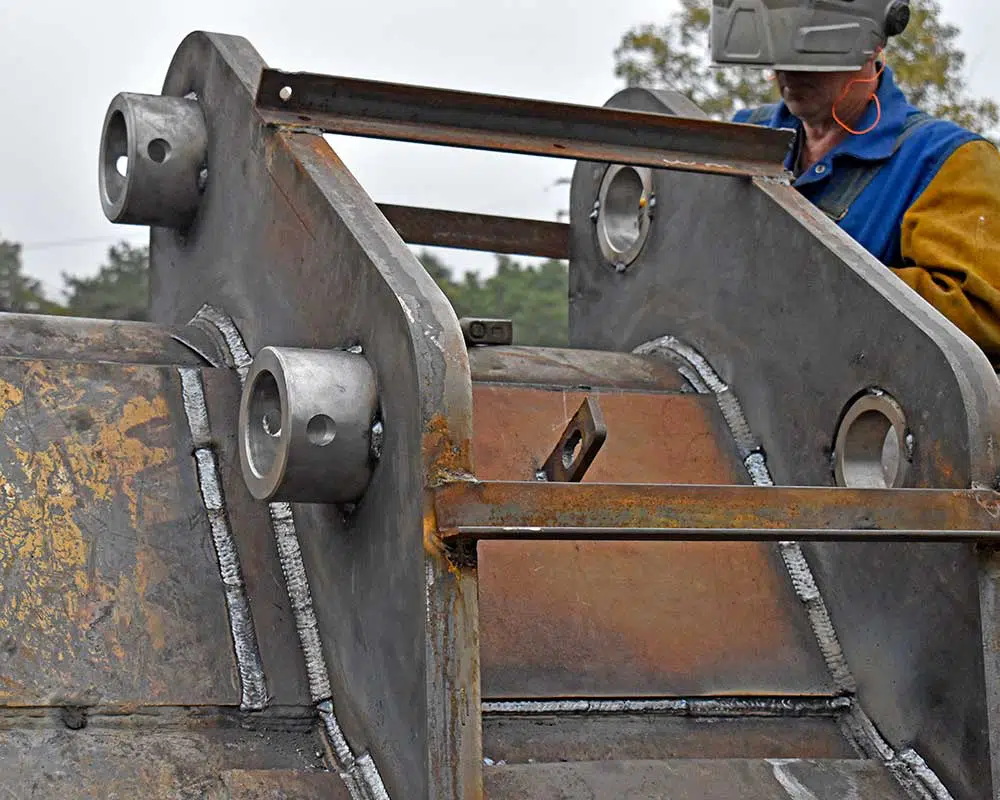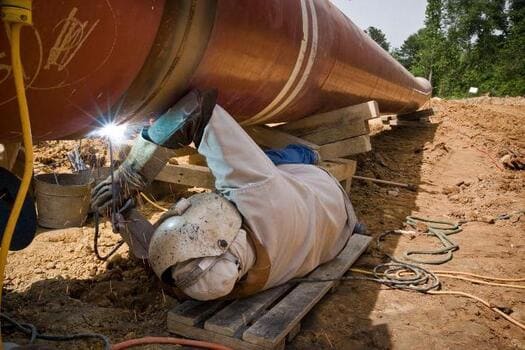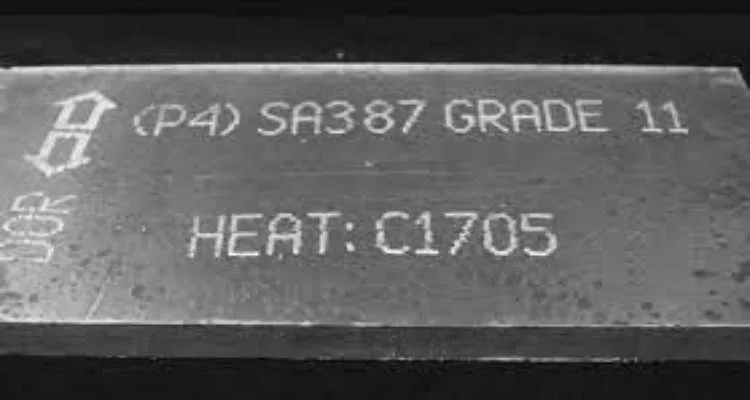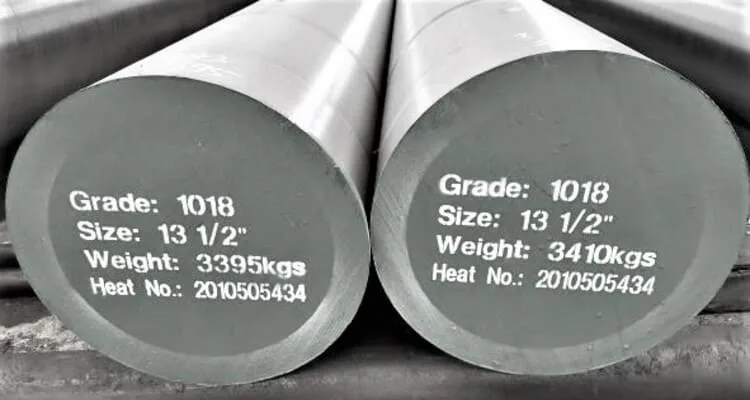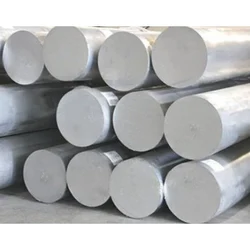S420 is a high-strength structural steel grade that is commonly used in construction and engineering applications. When welding S420 steel, it’s important to follow proper procedures to ensure the integrity and quality of the weld joint.
S420М is a type of fine grain structural steel that is produced through a process called thermomechanical rolling. This particular grade of steel possesses favorable characteristics, including good weldability, high resistance to brittle cracking, and excellent cold-forming properties. The S420M steel plates are manufactured to meet the requirements specified in the EN 10025-4 standard.
These plates find wide application in various industries, such as shipbuilding, machine-building, bridge construction, steel structures, and the manufacturing of supports for wind generators. S420 steel plates are available in two quality categories, namely М and МL, with thicknesses ranging from 8 to 50 mm.
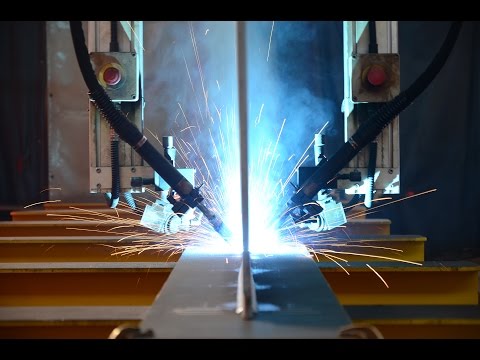
The width of the rolled plates can reach up to 3200 mm, while the maximum length is 12200 mm. However, for plates with a thickness of 50 mm and a width of 3200 mm, the maximum length is limited to 7500 mm. The plates are supplied with trimmed edges and have a maximum weight limit of 9.5 tons.
S420 Steel Chemical Composition
The chemical composition of different grades of S420 steel according to the EN standard 10025-3 & 10025-5 are listed below:
For S420N:
- Carbon (C): ≤0.20%
- Manganese (Mn): 1-1.70%
- Phosphorus (P): ≤0.030%
- Sulfur (S): ≤0.025%
- Silicon (Si): ≤0.60%
- Aluminum (Al): ≥0.020%
- Copper (Cu): ≤0.55%
- Chromium (Cr): ≤0.30%
- Nickel (Ni): ≤0.80%
- Niobium (Nb): ≤0.050%
- Vanadium (V): ≤0.20%
- Titanium (Ti): ≤0.050%
- Nitrogen (N): ≤0.015%
- Carbon Equivalent (Ceq): ≤0.48%
- Molybdenum (Mo): ≤0.10%
For S420NL:
- Carbon (C): ≤0.20%
- Manganese (Mn): 0.90-1.65%
- Phosphorus (P): ≤0.025%
- Sulfur (S): ≤0.020%
- Silicon (Si): ≤0.50%
- Aluminum (Al): ≥0.020%
- Copper (Cu): ≤0.55%
- Chromium (Cr): ≤0.30%
- Nickel (Ni): ≤0.80%
- Niobium (Nb): ≤0.050%
- Vanadium (V): ≤0.20%
- Titanium (Ti): ≤0.050%
- Nitrogen (N): ≤0.015%
- Carbon Equivalent (Ceq): ≤0.43%
- Molybdenum (Mo): ≤0.10%
For S420M:
- Carbon (C): ≤0.16%
- Manganese (Mn): ≤0.17%
- Phosphorus (P): ≤0.030%
- Sulfur (S): ≤0.025%
- Silicon (Si): ≤0.50%
- Aluminum (Al): ≥0.020%
- Copper (Cu): ≤0.55%
- Chromium (Cr): ≤0.30%
- Nickel (Ni): ≤0.80%
- Niobium (Nb): ≤0.050%
- Vanadium (V): ≤0.12%
- Titanium (Ti): ≤0.050%
- Nitrogen (N): ≤0.025%
- Carbon Equivalent (Ceq): ≤0.43%
- Molybdenum (Mo): ≤0.20%
For S420ML:
- Carbon (C): ≤0.16%
- Manganese (Mn): ≤0.17%
- Phosphorus (P): ≤0.025%
- Sulfur (S): ≤0.020%
- Silicon (Si): ≤0.50%
- Aluminum (Al): ≥0.020%
- Copper (Cu): ≤0.55%
- Chromium (Cr): ≤0.30%
- Nickel (Ni): ≤0.80%
- Niobium (Nb): ≤0.050%
- Vanadium (V): ≤0.12%
- Titanium (Ti): ≤0.050%
- Nitrogen (N): ≤0.025%
- Carbon Equivalent (Ceq): ≤0.43%
- Molybdenum (Mo): ≤0.20%
S420 Steel Mechanical Properties
| Designation | Direction | Thickness (mm) | Re (MPa) | Rm (MPa) | A (%) | KV 20°C (J) | KV 0°C (J) | KV -10°C (J) | KV -20°C (J) | KV -30°C (J) | KV -40°C (J) | KV -50°C (J) |
|---|---|---|---|---|---|---|---|---|---|---|---|---|
| T | 05-16 | ≥420 | 520-680 | ≥19 | ≥31 | ≥27 | ≥23 | ≥20 | – | – | ||
| T | 16-40 | ≥400 | – | – | – | – | – | – | – | – | ||
| T | 40-63 | ≥390 | – | – | – | – | – | – | – | – | ||
| T | 63-80 | ≥370 | ≥18 | – | – | – | – | – | – | – | ||
| T | 80-100 | ≥360 | – | – | – | – | – | – | – | – | ||
| EN 10025-3 | S420NL | L | 5-100 | – | – | – | ≥63 | ≥55 | ≥51 | ≥47 | ≥40 | ≥31 |
| T | 05-16 | ≥420 | 520-680 | ≥22 | ≥40 | ≥34 | ≥30 | ≥27 | ≥23 | ≥20 | ≥16 | |
| T | 16-40 | ≥400 | – | – | – | – | – | – | – | – | – | |
| T | 40-63 | ≥390 | – | – | – | – | – | – | – | – | – | |
| T | 63-80 | ≥370 | ≥21 | – | – | – | – | – | – | – | – | |
| T | 80-100 | ≥360 | – | – | – | – | – | – | – | – | – | |
| EN 10025-4 | S420M | L | 5-40 | – | – | – | ≥55 | ≥47 | ≥43 | ≥40 | – | – |
| T | 05-16 | ≥420 | 520-680 | ≥19 | ≥31 | ≥27 | ≥24 | ≥20 | – | – | ||
| T | 16-40 | ≥400 | – | – | – | – | – | – | – | – | – | |
| EN 10025-4 | S420ML | L | 5-40 | – | – | – | ≥63 | ≥55 | ≥51 | ≥47 | ≥40 | ≥31 |
| T | 05-16 | ≥420 | 520-680 | ≥19 | ≥40 | ≥34 | ≥30 | ≥27 | ≥23 | ≥20 | ≥16 |
S420 Steel Welding
These steels possess a low carbon content and low carbon equivalent, making them appropriate for both manual and automated welding using various welding techniques.
Since they exhibit excellent resistance to cracking, pre-welding preheating is unnecessary. However, the quality of the welded joint is influenced by the welding procedure, its parameters, and the appropriate selection of additives.
Gas welding is not recommended. It is essential to utilize welding wire and electrodes as additives that match the desired strength category. For manual welding, electrodes with a basic coating are advised.
These grades are not suitable for undergoing heat treatment at temperatures exceeding 580°C. Stress relieving (at 530-580°C) is only necessary if specified.
Welding Electrode for S420 Steel Welding
When welding S420 steel, suitable welding electrodes should be used to ensure proper weld quality and strength. The selection of welding electrodes depends on various factors such as the welding process, desired weld characteristics, and applicable welding standards. Generally, low hydrogen electrodes with a basic or rutile coating are commonly used for welding S420 steel.
Here are some commonly recommended welding electrode types for welding S420 steel:
- AWS E7018: This is a low hydrogen electrode with a basic coating. It offers excellent weld quality, good strength, and crack resistance. It is suitable for both structural and general welding applications.
- AWS E7016: Similar to E7018, E7016 is a low hydrogen electrode with a rutile coating. It provides good weld properties and is commonly used for welding structural steels like S420.
S420 Steel Welding Filler Wire
When welding S420 steel, there are various filler wire options available to ensure proper weld quality and mechanical properties. Here are some commonly used filler wire types for welding S420 steel:
- ER70S-6: This is a widely used solid wire with a copper coating. It is suitable for both single-pass and multipass welding of S420 steel. ER70S-6 offers good weldability and produces welds with high tensile strength and good impact properties.
- ER70S-2: Similar to ER70S-6, ER70S-2 is a solid wire with a higher silicon and manganese content. It provides excellent performance in terms of weld strength and crack resistance. ER70S-2 is suitable for welding S420 steel in various applications.
- ER80S-G: This solid wire is specifically designed for welding high-strength low-alloy (HSLA) steels, including S420 steel. ER80S-G offers excellent weldability and provides high strength and toughness properties in the weld metal.
- ER90S-G: This solid wire is also intended for welding HSLA steels and offers similar characteristics to ER80S-G. It provides high strength and good impact resistance, making it suitable for welding S420 steel in demanding applications.
Preheat & Interpass Temperature for S420 Steel
The preheat and interpass temperature requirements for welding S420 steel may vary depending on factors such as the welding process, material thickness, welding procedure, and applicable welding standards.
It is important to consult the specific welding procedure specification (WPS) or welding code provided for the project to determine the recommended preheat and interpass temperature ranges.
However, as a general guideline, here are some typical preheat and interpass temperature ranges for welding S420 steel:
- Preheat Temperature: Preheating is often not necessary for S420 steel due to its good cracking resistance properties. However, in certain cases where the material thickness exceeds a certain threshold or when specific requirements exist, preheating may be recommended. Typical preheat temperature ranges for S420 steel can vary between 50°C (122°F) to 150°C (302°F).
- Interpass Temperature: The interpass temperature is the temperature range maintained between subsequent weld passes to control the cooling rate and prevent the formation of excessive hardness or cracking. For S420 steel, the interpass temperature is typically kept below 250°C (482°F).
S420 Post Weld heat treatment
Post-weld heat treatment (PWHT) requirements for S420 steel may vary depending on factors such as the welding process, material thickness, welding procedure, and applicable welding standards or codes. It is important to refer to the specific welding procedure specification (WPS) or welding code provided for the project to determine the recommended PWHT requirements for S420 steel.
However, as a general guideline, S420 steel typically does not require post-weld heat treatment unless specifically specified by the welding code or project requirements. S420 steel is known for its good weldability and does not typically exhibit significant susceptibility to welding-induced hardness or cracking.
If PWHT is required, common temperature ranges for post-weld heat treatment of S420 steel can range from 530°C (986°F) to 580°C (1076°F). The specific temperature and duration of the heat treatment should be in accordance with the applicable welding standards or project specifications.
S420 Steel Carbon Equivalent
For S420 steel, the carbon equivalent (CEV) values vary based on the thickness of the material. Below are the specified CEV values for different thickness:
- Thickness ≤ 16 mm: CEV = 0.43
- 16 mm < Thickness ≤ 40 mm: CEV = 0.45
- 40 mm < Thickness ≤ 50 mm: CEV = 0.46
